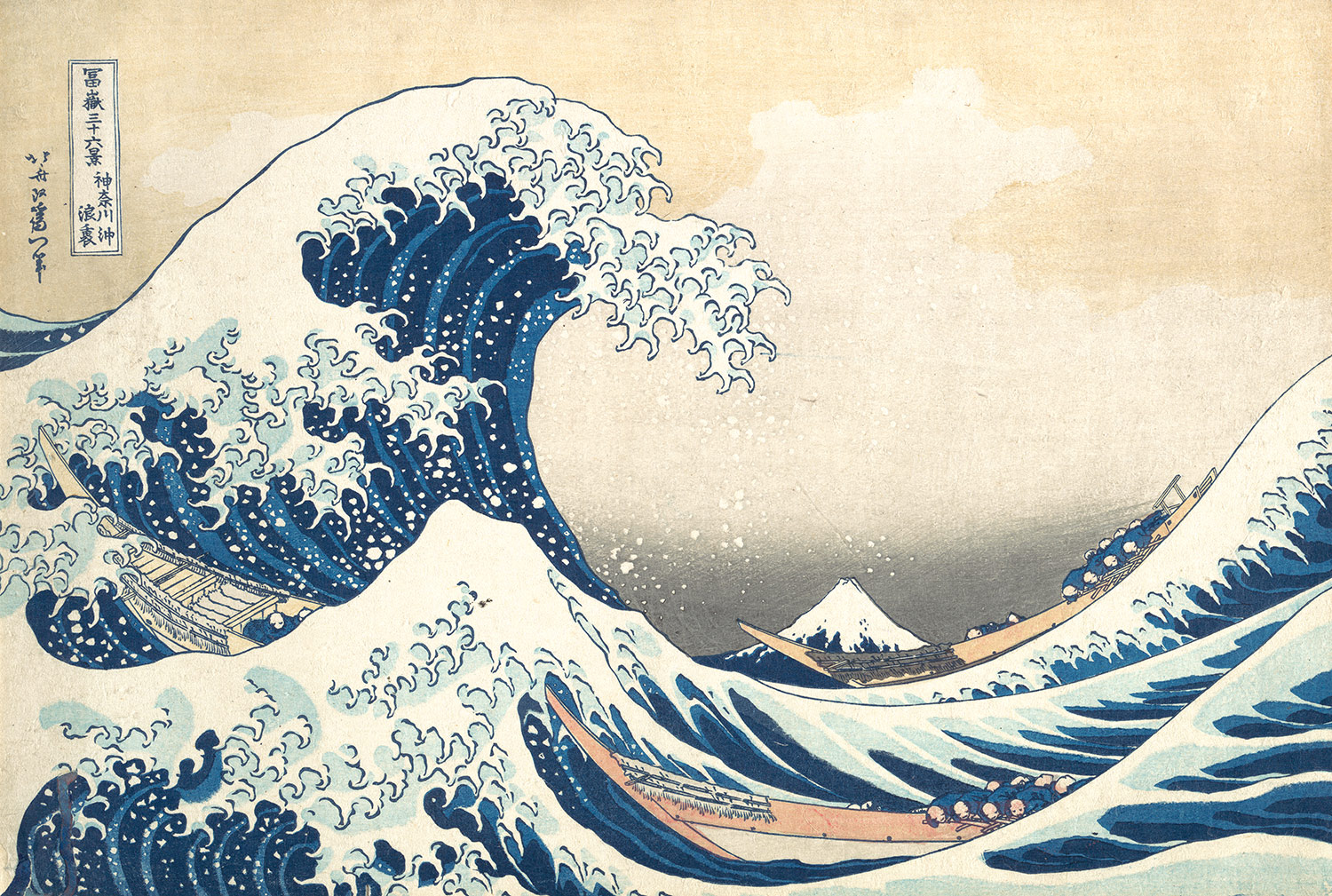The surrealism movement influenced
literature, painting, and photography in the 1920s and 1930s. It has had a
unique effect on graphic design. Graphic design is often on a grid setting
limits on what can be done. Surrealism artwork is considered to be haphazard
and unpredictable, and it developed out of Dada during World War I. It was the way
people tried to escape the harshness of reality, and this artwork was meant to
be dream like creating new possibilities in life. The painting below is by
Giorgio De Chirico, who had a huge influence on the Surrealist movement. This
is called “The Philosopher’s Conquest” and was produced in late 1913 to early
1914. It shows how he started to embrace “implausible juxtaposition.” There are
many different questions about the sizes of things in this painting. One first
notices the artichokes, and then the cannon, the clock, and the train. People
question the size of the train versus how big the columns are behind it.
 |
| Alice in Wonderland |
Surrealism is even found throughout
today’s society. ‘Alice in Wonderland’, as the film and book, is a good example
of modern Surrealism. It has playing cards and white rabbits, which exist in
real life; however, they defy normal logic through their roles in this story
(McAra). The Queen of Hearts, after Alice falls down the rabbit hole, orders
Alice’s head to be chopped off. It is interesting that a playing card
assumes such power and the decision appears random (McAra).
Surreality is not a state of solid
reality; it is the state between reality and fantasy. Surrealism is an art
movement, while surreality is a sphere of potentiality. If anyone has ever seen
The Colbert Report, a good example is Steven Colbert’s segment “The Word” (Kaletzky) He takes a single world that
means one thing and flips it to mean something else with satirical commentary
on the new meaning written under it. Each time he uses the words unspoken
meaning, he gives the audience a broader perspective, and uses a different
voice to convey.
 |
| "The Word", The Colbert Report |
Many musical artists also convey
surrealist ideas including Alice Cooper, Pink Floyd, and Lady Gaga. Lady Gaga
is a very famous musician who is known for having a theatrical experience as
part of her interaction with the audience. Lady Gaga says in many interviews
that the stage is a celebration of what is rejected in society (Gray). The
stage is considered to be her wonderland. She has the courage to freely express
herself, and is a nonconformist. Being a nonconformist makes the creativeness
become an unconscious reality since it is everything in society with a twist.
Her concerts become a representation of what people want to do with their own
lives, which is to be themselves with courage (Gray).
 |
| Lady Gaga's set, Pittsburgh 2011 |
As seen above, Lady Gaga uses art
created for her by artists. This is an example of what she used in her show in
Pittsburgh in 2011, and is referred to as “the fame monster.” It is a twist
between reality and fantasy. This is the monster that represents the hardships that
result because of the influence of fame on individuals. Her sets are reality
with a twist, making them something people want to relate to.
Surrealism encompasses the dreamlike
state or the unconscious that was used originally to escape from the reality of
World War I. Today, people still go to these movies, concerts, and even to
museums to escape. The Surrealism movement has been an influence on art
throughout the times.
Citations:
Gray, Richard J. "Join Academia.edu & Share Your Research with
the World."Surrealism, the Theatre
of Cruelty, and Lady Gaga. N.p., n.d. Web. 23 Feb. 2014. <http://www.academia.edu/1995056/Surrealism_the_Theatre_of_Cruelty_and_Lady_Gaga>.
KALETZKY, MARIANNE F. "All Eyes on Surrealism." The Harvard
Crimson, n.d. Web. 23 Feb. 2014.
<http://www.thecrimson.com/article/2006/11/2/all-eyes-on-surrealism-i-want/>.
McAra, Catriona. Surrealism’s
Curiosity: Lewis Carroll and the Femme-Enfant. Papers of Surrealism, 2011. Issue 9. Web. 23 Feb. 2014.


